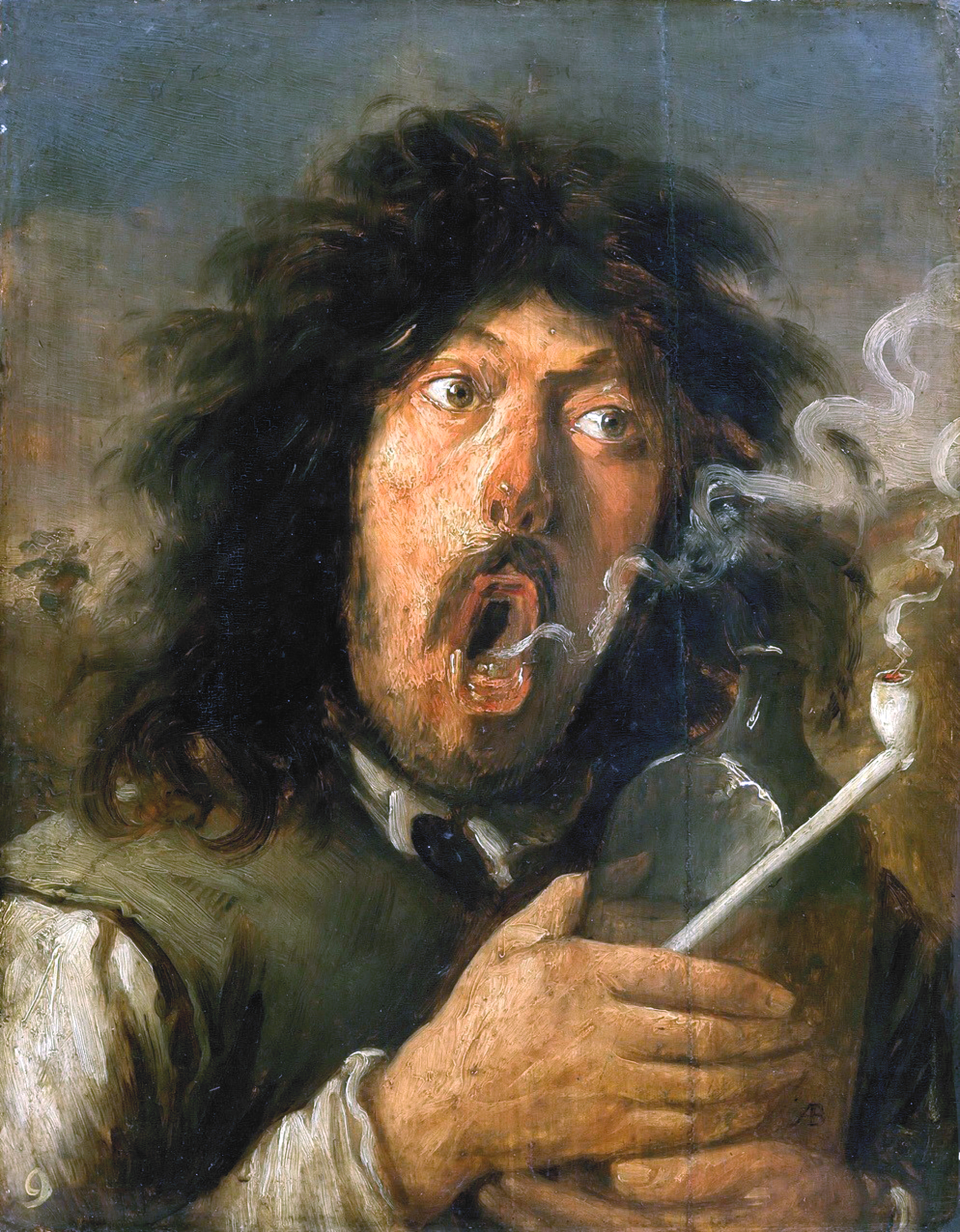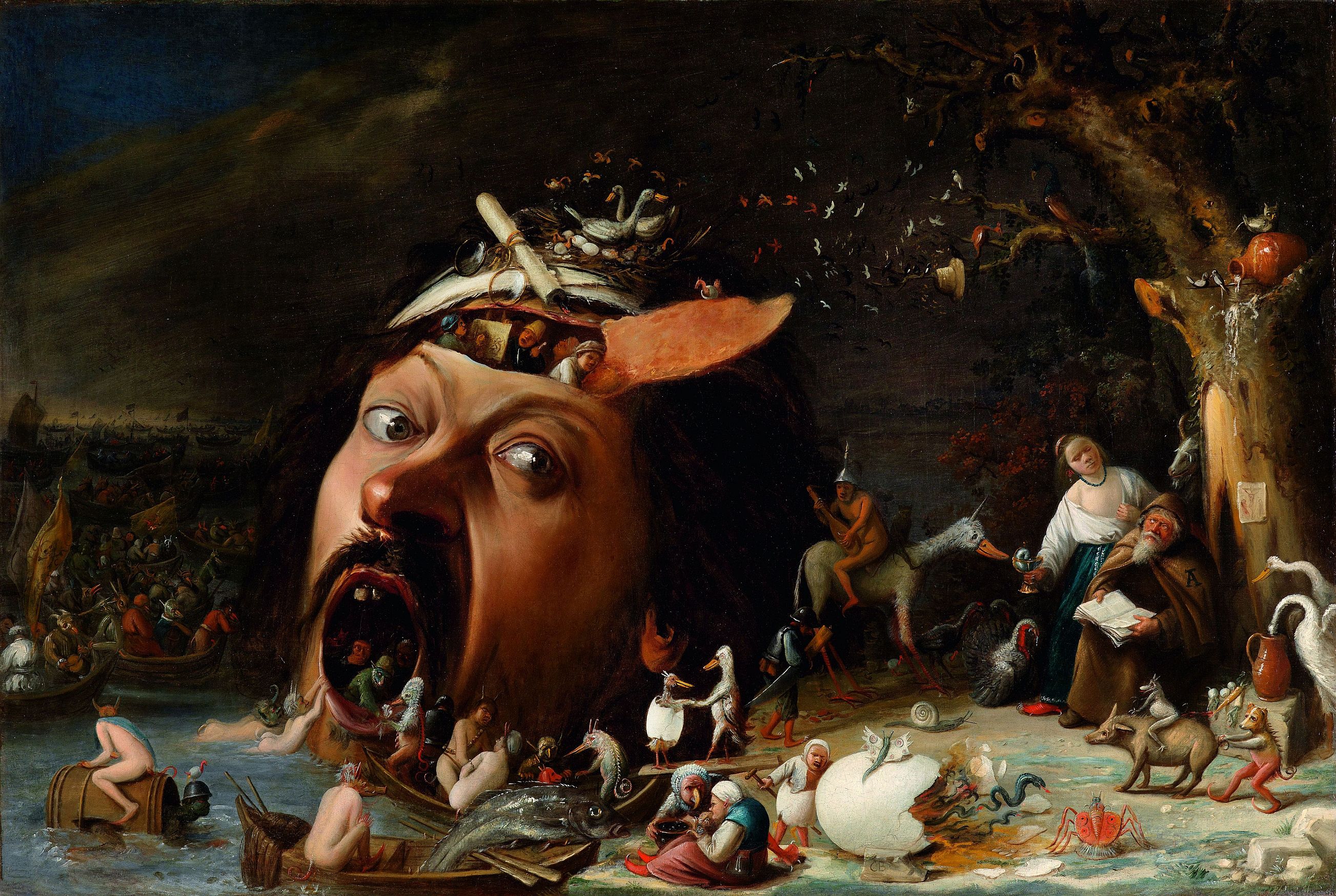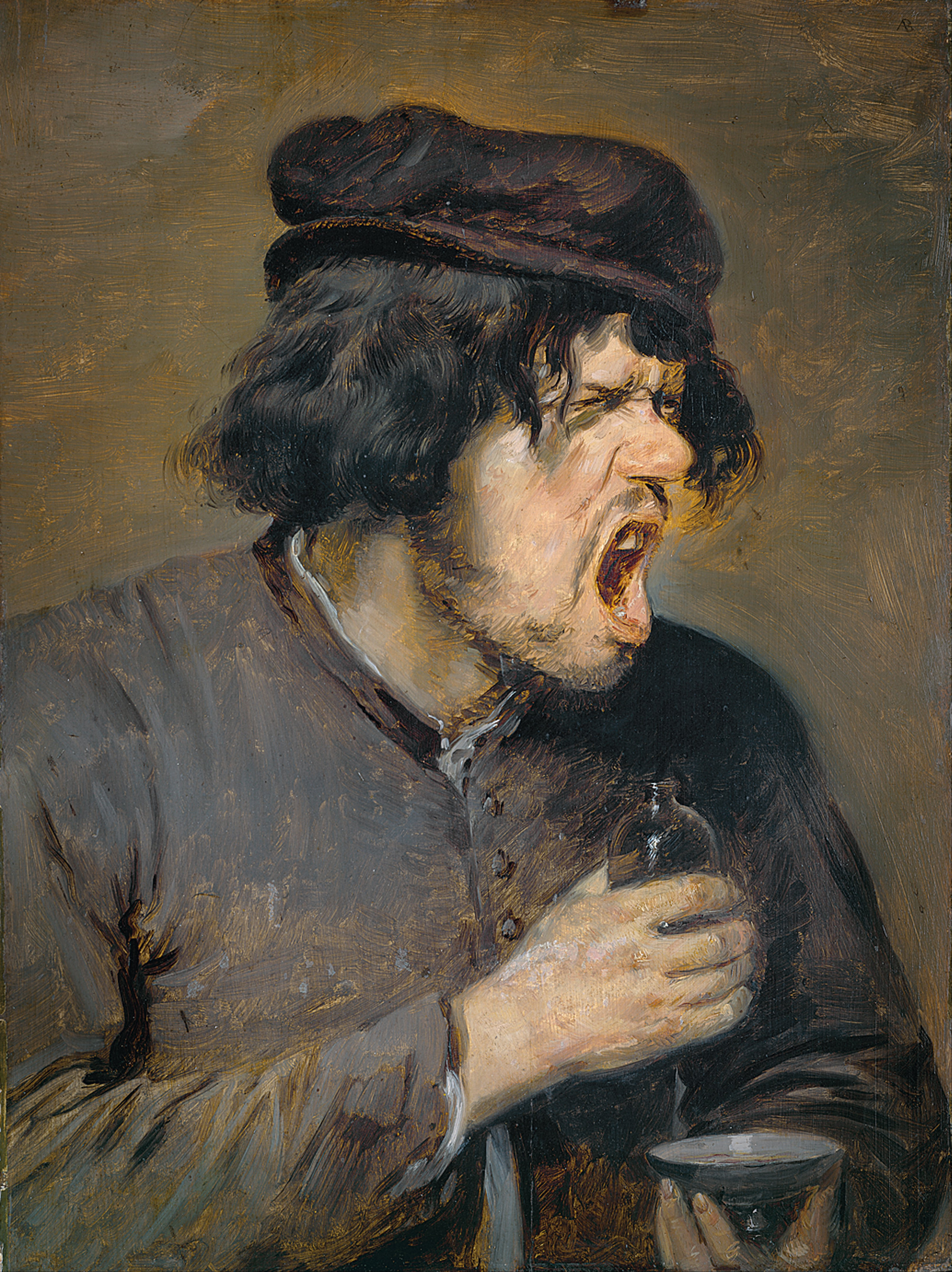|
Tronie
A tronie is a type of work common in Dutch Golden Age painting and Flemish Baroque painting that depicts an exaggerated or characteristic facial expression. These works were not intended as portraits but as studies of expression, type, physiognomy or an interesting character such as an old man or woman, a young woman, the soldier, the shepherdess, the Oriental, or a person of a particular race, etc.Walter Liedtke, ''Vermeer and the Delft School'', New York, 2001, p. 138Dagmar Hirschfelder, ''Tronie und Porträt in der niederländischen Malerei des 17. Jahrhunderts'' Berlin: Mann, 2008, p. 351-359 The main goal of the artists who created tronies was to achieve a lifelike representation of the figures and to show off their illusionistic abiliti ... [...More Info...] [...Related Items...] OR: [Wikipedia] [Google] [Baidu] |
Jan Van De Venne
Jan van de Venne or Jan van der Venne, also known as Pseudo van de Venne (active by 1616 – died before 1651), was a Flemish painter of genre, religious scenes, and cabinets who was court painter to the governors of the Southern Netherlands.'' The Temptation of St Antony'' at the National Inventory of Continental European Paintings Many of his works depict "low-life" genre scenes of tooth-pullers, card-players and players, and expressive religious scenes.Hans Vlieghe (1998). ''Flemish Art and Architecture, 1585–1700''. Pelican History of Art. New Haven: Yale Unive ... [...More Info...] [...Related Items...] OR: [Wikipedia] [Google] [Baidu] |
Joos Van Craesbeeck
Joos van Craesbeeck (''c''. 1605/06 – ''c''. 1660) was a Flemish baker and a painter who played an important role in the development of Flemish genre art, genre painting in the mid-17th century through his tavern scenes and dissolute portraits. His genre scenes depict low-life figures as well as scenes of middle-class people. He created a few religiously themed compositions.Konrad Renger, ''Craesbeeck [Craesbeke], Joos van,'' Grove Art Online. Oxford University Press, [accessed 1 March 2015] Life Joos van Craesbeeck was born in Linter, Belgium, Neerlinter (now a village in Flemish Brabant, Belgium). His father was also called Joos and is believed to have been a baker. His mother's name was Gertruid van Callenborch. In 1630 or 1631 Joos van Craesbeeck married Johanna Tielens. His wife's father was a baker but her family also counted artists among its members: the landscape painter Jan Tilens, Jan Tielens was her uncle while two of her uncles on her mother's side were the scul ... [...More Info...] [...Related Items...] OR: [Wikipedia] [Google] [Baidu] |
Jacob Dissius
Jacob Abrahamsz. Dissius (1653 - 1695) was a Dutch typography, typographer and printer. He is most notable as an art collector and for his links to Johannes Vermeer - his collection included 21 Vermeer works (including ''The Milkmaid (Vermeer), The Milkmaid'', ''Portrait of a Young Woman (Vermeer, New York), Portrait of a Young Woman'', ''A Girl Asleep (Vermeer), A Girl Asleep'', ''Woman Holding a Balance'' and ''The Music Lesson'') and in 1680 he married Madgdalene, daughter and sole heir of Vermeer's main patron Pieter van Ruijven. Dissius died in 1695 and his collection was auctioned off in Amsterdam the following year. Biography Jacob Dissius was baptised on 23 November 1653 in Delft as the son of Maria Cloeting and the printer Abraham Dissius. He married Magdalena Pieters van Ruijven, daughter of Pieter van Ruijven, born in 1655. Dissius' father-in-law was one of the wealthier citizens of Delft, and became a patron of Vermeer. She inherited her parents' money and art collection ... [...More Info...] [...Related Items...] OR: [Wikipedia] [Google] [Baidu] |
Adriaen Van Ostade
Adriaen van Ostade (baptized as Adriaen Jansz Hendricx 10 December 1610 – buried 2 May 1685) was a Dutch Golden Age painter of genre works, showing everyday life of ordinary men and women. Life According to Arnold Houbraken, he and his brother were pupils of Frans Hals and like him, spent most of their lives in Haarlem. He thought they were " Lubekkers" by birth, though this has since found to be false.Adriaan & Izaak van Ostade biography in ''De groote schouburgh der Nederlantsche konstschilders en schilderessen'' (1718) by , courtesy of the |
Wellcome Library
The Wellcome Library is founded on the collection formed by Sir Henry Wellcome (1853–1936), whose personal wealth allowed him to create one of the most ambitious collections of the 20th century. Henry Wellcome's interest was the history of medicine in a broad sense and included subjects such as alchemy or witchcraft, but also anthropology and ethnography. Since Henry Wellcome's death in 1936, the Wellcome Trust has been responsible for maintaining the Library's collection and funding its acquisitions. The library is free and open to the public. History Henry Wellcome began collecting books seriously in the late 1890s, using a succession of agents and dealers, and by travelling around the world to gather whatever could be found. Wellcome's first major entry into the market took place at the auction of William Morris's library in 1898, where he was the biggest single purchaser, taking away about a third of the lots. His interests were truly international and the broad coverage of ... [...More Info...] [...Related Items...] OR: [Wikipedia] [Google] [Baidu] |
Lucas Franchoys The Younger
Lucas Franchoys the Younger or Lucas Franchoys IIalternative spellings of name: Lucas Franchois, Lucas François, Louis Franchoys (28 June 1616 in Mechelen – 3 April 1681 in Mechelen) was a Flemish Baroque painter from Mechelen, who painted numerous altarpieces and portraits in a style reminiscent of Anthony van Dyck.Hans Vlieghe. "Franchoys." Grove Art Online. Oxford Art Online. Oxford University Press. Web. 4 April 2014 Life  He first learned to paint from his father
He first learned to paint from his father [...More Info...] [...Related Items...] OR: [Wikipedia] [Google] [Baidu] |
National Gallery Of Art
The National Gallery of Art, and its attached Sculpture Garden, is a national art museum in Washington, D.C., United States, located on the National Mall, between 3rd and 9th Streets, at Constitution Avenue NW. Open to the public and free of charge, the museum was privately established in 1937 for the American people by a joint resolution of the United States Congress. Andrew W. Mellon donated a substantial art collection and funds for construction. The core collection includes major works of art donated by Paul Mellon, Ailsa Mellon Bruce, Lessing J. Rosenwald, Samuel Henry Kress, Samuel Henry Kress#Biography, Rush Harrison Kress, Peter Arrell Browne Widener, Joseph E. Widener, and Chester Dale. The Gallery's collection of paintings, drawings, prints, photographs, sculpture, medals, and decorative arts traces the development of Western Art from the Middle Ages to the present, including the only painting by Leonardo da Vinci in the Americas and the largest mobile created by Alexande ... [...More Info...] [...Related Items...] OR: [Wikipedia] [Google] [Baidu] |
Adriaen Brouwer
Adriaen Brouwer (, in Oudenaarde – January 1638, in Antwerp) was a Flemish painter active in Flanders and the Dutch Republic in the first half of the 17th century.Adriaen Brouwer at the Konrad Renger. "Brouwer, Adriaen." Grove Art Online. Oxford Art Online. Oxford University Press. Web. Konrad Renger, ''Craesbeeck raesbeke Joos van,'' Grove Art Online. Oxford University Press. Web. 3 January 2016. Brouwer was an important innovator of |
Vermeer
Johannes Vermeer ( , , see below; also known as Jan Vermeer; October 1632 – 15 December 1675) was a Dutch Baroque Period painter who specialized in domestic interior scenes of middle-class life. During his lifetime, he was a moderately successful provincial genre painter, recognized in Delft and The Hague. Nonetheless, he produced relatively few paintings and evidently was not wealthy, leaving his wife and children in debt at his death. Vermeer worked slowly and with great care, and frequently used very expensive pigments. He is particularly renowned for his masterly treatment and use of light in his work. "Almost all his paintings", Hans Koningsberger wrote, "are apparently set in two smallish rooms in his house in Delft; they show the same furniture and decorations in various arrangements and they often portray the same people, mostly women." His modest celebrity gave way to obscurity after his death. He was barely mentioned in Arnold Houbraken's major source book on 17t ... [...More Info...] [...Related Items...] OR: [Wikipedia] [Google] [Baidu] |






